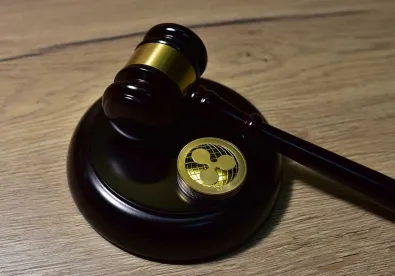Are customers’ digital assets held by exchange platforms in so-called “Custodial” and “Withhold” accounts property of the bankruptcy estate? This may be coined the golden question in the recent crypto bankruptcy chronicles, and at a status conference held Oct. 7, 2022, Bankruptcy Judge Martin Glenn of the Southern District of New York scheduled Dec. 7 and Dec. 8 as tentative dates to hear oral arguments on the issue.
Judge Glenn was largely on board with the joint stipulation and agreed briefing schedule (“Stipulation”) submitted to the court by key parties to the case, including the debtors, the unsecured creditors committee, and the ad-hoc groups appearing on behalf of the Custodial and Withhold account holders. The proposed briefing schedule would bifurcate the litigation over the threshold legal question related to the Custodial and Withhold accounts into two separate phases:
-
Phase I: whether assets in the Custody and Withhold accounts are property of the Debtors’ estates, including whether the Debtors’ “Terms of Use” are unambiguous on the issue of ownership of such assets; and, if necessary
-
Phase 2: whether certain transfers of customer assets are subject to preference defenses under the bankruptcy code.
Once the Bankruptcy Court signs and approves the Stipulation, the Debtors within 14 days must submit sworn declarations addressing certain questions germane to the concept of ownership of digital assets held by exchange platforms, including:
-
how and when the Custody and Withhold wallets were created;
-
whether the Custody and Withhold wallets have only ever held Custody and Withhold coins, respectively;
-
whether the Custody and Withhold wallets include digital coins that have been designated as pledged collateral; and
-
how coins were transferred in and out of Custody and Withhold wallets.
Over the next weeks, the crypto community will see the oft-quoted maxim “not your keys, not your coins” put to test. Will it steadily hold true in bankruptcy? Or will the court find the merits of the threshold issues warrant a new and widely accepted maxim?
Kevin Hoyos also contributed to this article.



 />i
/>i
